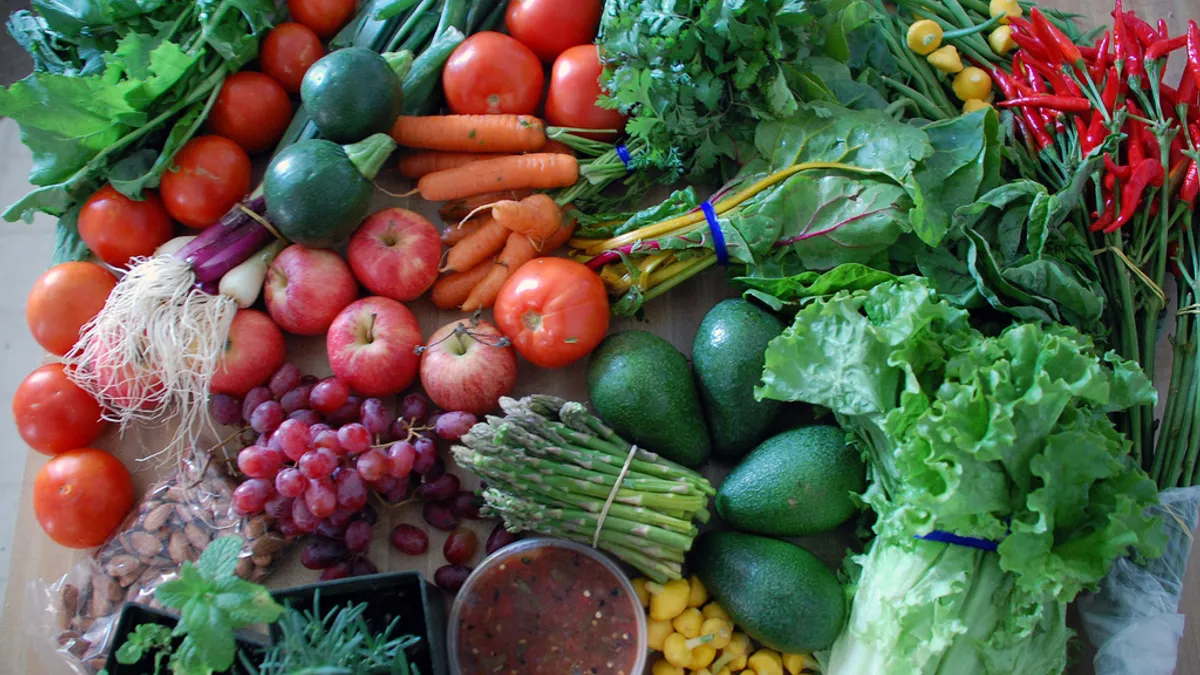Dive Brief:
- Robomart, a self-driving mobile grocery store first unveiled in January at CES, is ready to launch its pilot program in Santa Clara and Alameda, California, in the fall. The company is currently undergoing tests in Alameda.
- CEO Ali Ahmed told VentureBeat that the initial pilot will be made up of six Robomart vehicles that include products such as fruits and vegetables, as well as snacks and candy.
- Ahmed said retailers would license the platform on a 24-month lease, which includes the vehicle, refrigeration system and customer data. Customers will summon the “driverless store” via a mobile app and then pay through a cashless payment system.
Dive Insight:
Judging by the tests happening everywhere from the trucking industry to the pizza industry, driverless technology is no longer a question of if, but when. For grocery retailers, this may be sooner than later — just this morning, news came out that Kroger will test driverless vehicle technology to deliver online grocery orders.
However, as with any fledgling technology, challenges and questions exist. This includes safety. Robomart's vehicles are operated remotely by technicians, which could be considered safer than using autonomous vehicles like the one Uber developed that was involved in a fatal crash earlier this year. However, some oversight groups still call this practice “wildly unsafe,” and customers may have their concerns, as well.
Driverless delivery like what Kroger is piloting promises to save on labor costs. Robomart has the added value of being not just a delivery service but the actual market, as well. And while shoppers will likely relish the novelty and convenience, obvious space constraints means the vehicles carry a relatively small inventory. On the plus side, Robocarts’ focus on carrying fresh produce will help solve an issue that grocery delivery has had to grapple with: Consumers don’t fully trust third-party shoppers to pick their fruits and vegetables for them, even though they want more fresh food.
Other possible challenges include traffic, parking, local permit logistics, how to deal with customer service issues should they arise, restocking, scalability and speed. Right now, these vehicles can only go 25 miles per hour.
Customers will also have to adapt to a grab-and-go system, which requires a learning curve as the industry has seen with the Amazon Go store. NPD’s Darren Seifer described this type of “just walk out” experience as “an odd feeling that I was doing something wrong." But as more of these types of concepts roll out, this experience will eventually become more intuitive for consumers.
Online grocery business is expected to increase 13% a year compared to 1.3% for in-store, and delivery is a big driver of that growth. The objective of driverless delivery and other last-mile technology is simple: to reduce costs, and to meet convenience-seeking consumers wherever they are. This test, along with similar tests from Amazon Kroger and Walmart, indicate that that the race is on to make driverless delivery a viable component of grocers’ business.








